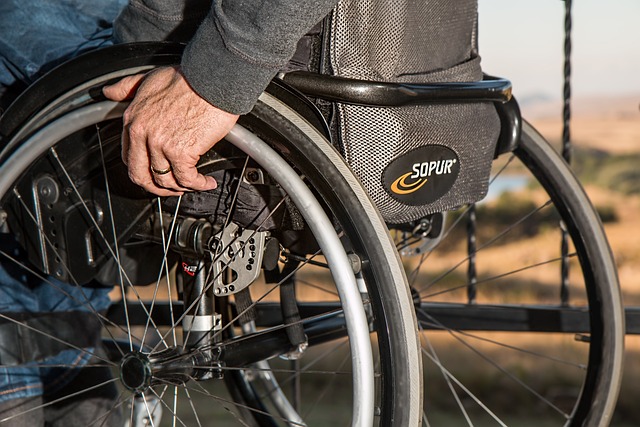A Guide To Understanding Mobility Support Options
Mobility challenges can significantly impact an individual's daily life, making it essential to understand the range of assistive devices and support options available. Wheelchairs represent a crucial mobility aid that empowers individuals with limited mobility to maintain independence, participate in daily activities, and improve their overall quality of life. This comprehensive guide explores the various wheelchair options and mobility support services to help individuals make informed decisions.

What Are Mobility Aids?
Mobility aids are specialized devices designed to assist people with limited physical movement. Wheelchairs stand out as one of the most versatile and important assistive devices, providing individuals with enhanced independence and freedom of movement. These devices come in various types, including manual wheelchairs, power wheelchairs, and specialized models tailored to specific needs and environments.
Types of Wheelchair Options
Different wheelchair designs cater to unique user requirements. Manual wheelchairs offer cost-effective mobility for users with upper body strength, while power wheelchairs provide independent movement for those with limited physical capabilities. Specialized options include sports wheelchairs, lightweight travel models, and customized designs for specific medical conditions or lifestyle needs.
Understanding Mobility Support Services
Local mobility services play a crucial role in helping individuals access appropriate wheelchair solutions. These services typically include professional assessments, wheelchair fitting, maintenance support, and guidance on selecting the most suitable mobility aid. Many healthcare providers, rehabilitation centers, and specialized mobility support organizations offer comprehensive consultations to ensure users find the perfect mobility solution.
Assistive Devices Beyond Wheelchairs
While wheelchairs are essential mobility aids, the broader landscape of assistive devices includes walkers, scooters, prosthetics, and adaptive equipment. Each device serves unique purposes, addressing different mobility challenges and individual needs. The key is finding the right combination of assistive technologies that maximize independence and quality of life.
Wheelchair Selection Considerations
| Wheelchair Type | Best For | Key Features | Average Cost Range |
|---|---|---|---|
| Manual Wheelchair | Active users with upper body strength | Lightweight, portable | $100 - $2,000 |
| Power Wheelchair | Limited mobility, restricted movement | Electric-powered, advanced control | $1,500 - $30,000 |
| Sports Wheelchair | Athletic individuals | Specialized design, lightweight | $1,500 - $7,500 |
| Transport Wheelchair | Short-distance mobility | Compact, easily transportable | $50 - $300 |
Prices, rates, or cost estimates mentioned in this article are based on the latest available information but may change over time. Independent research is advised before making financial decisions.
Navigating Mobility Challenges
Selecting the right mobility support requires careful consideration of individual needs, physical capabilities, lifestyle, and budget. Consulting with healthcare professionals, occupational therapists, and mobility experts can provide personalized guidance in choosing the most appropriate wheelchair or assistive device.
This comprehensive guide demonstrates the importance of understanding mobility support options. By exploring various wheelchair types, assistive devices, and support services, individuals can make informed decisions that enhance their independence and quality of life.




